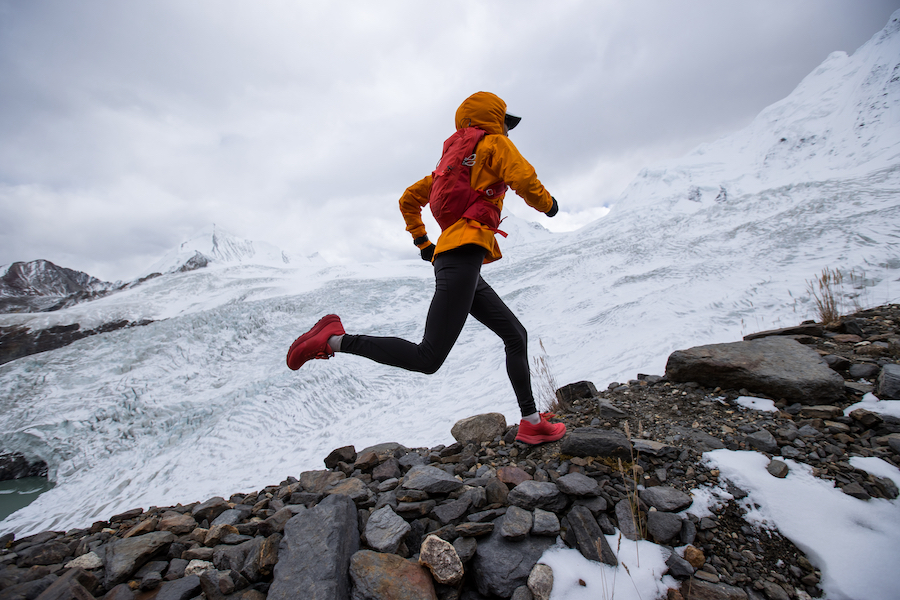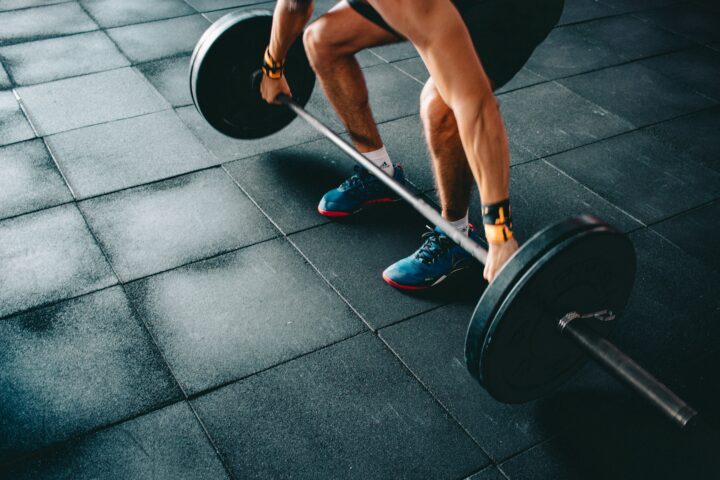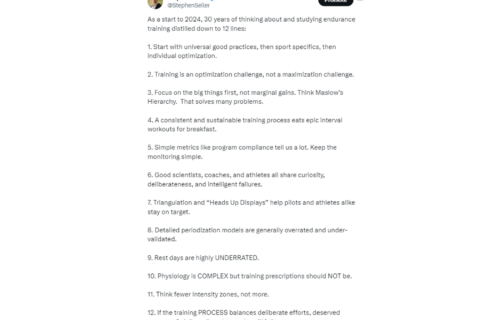We get asked a lot of great—and nerdy—questions via our Fast Talk Labs Forum. Every month we’ll now be taking the best questions and publishing our answers. This month, our in-house physiologist Rob Pickels tackles the topics of altitude training and the impact of body composition on hypothermia.
We get asked a lot of great—and nerdy—questions via our Fast Talk Labs Forum. Every month we’ll now be taking the best questions and publishing our answers. This month, our in-house physiologist Rob Pickels tackles the topics of altitude training and the impact of body composition on hypothermia.




